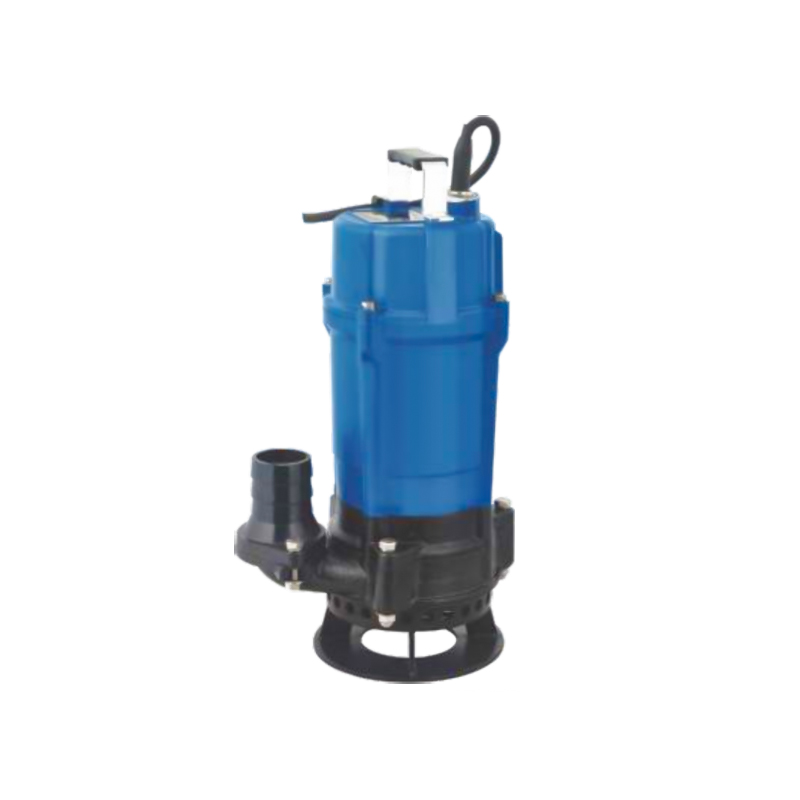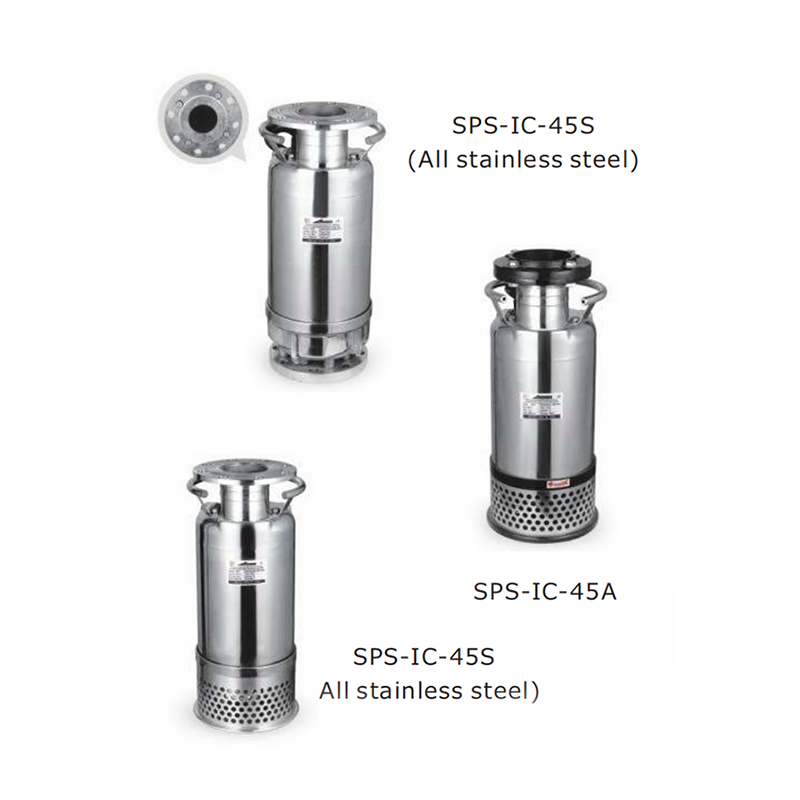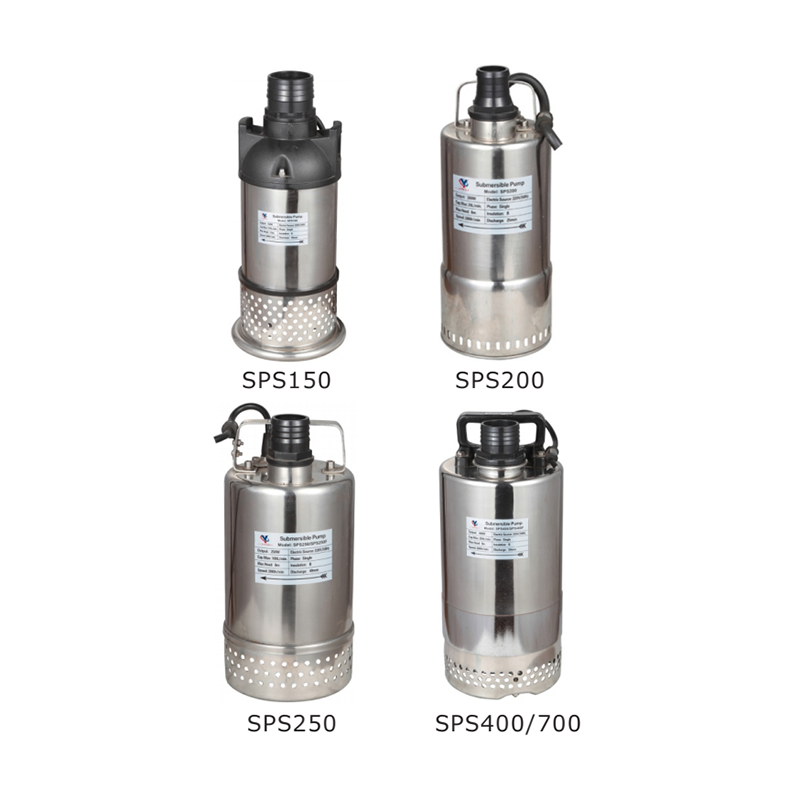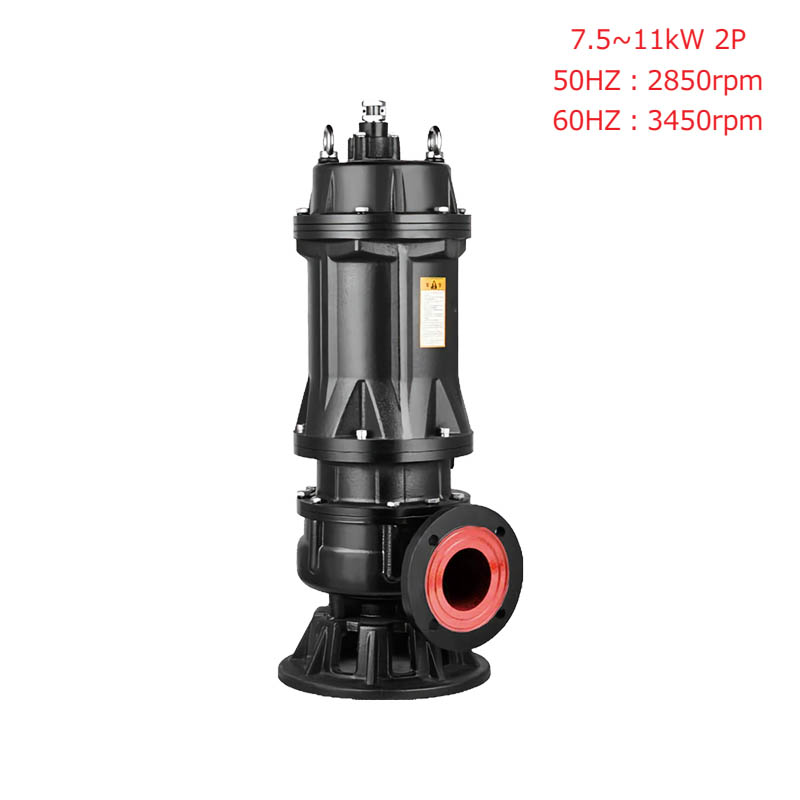Deep beneath the surface, submersible drainage pumps and dewatering sewage pumps embark on vital underground “adventures,” working tirelessly to manage water and sewage in challenging conditions. In a world, these pumps navigate dark tunnels, tackling flooded basements, underground parking, and construction sites with unmatched resilience. This article explores the essential roles of submersible drainage pumps and dewatering sewage pumps, showcasing how they “brave” the depths to protect infrastructure and keep our spaces safe.
Meet the Submersible Drainage Pump: The Silent Underground Hero
Imagine a submersible drainage pump as a fearless explorer, venturing into flooded basements, construction pits, and subterranean passages. Equipped with rugged materials and powerful motors, this pump is built to “dive” into murky waters, collecting excess fluid and transporting it safely away. Its main job? Managing and controlling unwanted water accumulation in hard-to-reach places.
Submersible drainage pumps are designed to work quietly and efficiently. They can handle a range of challenges, from minor water intrusion in residential basements to major water buildup in commercial construction sites. A typical submersible drainage pump is housed in corrosion-resistant materials, with impellers that can handle debris without clogging. This makes it a powerful ally in flood-prone areas, ensuring that water is removed quickly and effectively.
In a recent case, a new underground parking garage in a coastal city required several submersible drainage pumps to manage unexpected groundwater seepage. By working continuously, these pumps kept the garage dry, protecting the vehicles and maintaining safe conditions for visitors.
The Dewatering Sewage Pump: Conquering the Murkier Depths
While submersible drainage pumps excel in moving clear or lightly contaminated water, the dewatering sewage pump takes on tougher jobs. Imagine the dewatering sewage pump as a determined adventurer, equipped to handle thick, sludge-filled liquids that would halt drainage systems in their tracks. Often deployed in sewage systems, construction sites, and even mining operations, these pumps are built to move heavy, solid-laden water safely and efficiently.
The dewatering sewage pump's secret weapon is its powerful impeller and wide discharge channels, allowing it to process solids without clogging. Additionally, its sturdy design enables it to handle corrosive materials, ensuring it doesn't rust or fail in challenging environments. For instance, a municipal sewer system in a busy metropolitan area recently installed dewatering sewage pumps to manage waste and rainwater more effectively. The pumps were able to handle heavy flows during storms, reducing the risk of backups and flooding in the streets above.
The Workings of Submersible Drainage Pumps and Dewatering Sewage Pumps
These underground heroes may be out of sight, but their operations are complex and essential. A submersible drainage pump works by creating pressure differences to move water from one place to another. Placed directly in the water, it uses an impeller that spins rapidly to force water through its discharge pipe and away from the site.
On the other hand, a dewatering sewage pump is designed to manage higher concentrations of solid materials. Equipped with a powerful motor and a high-torque impeller, this pump tackles thick sludge by chopping it up, ensuring a smooth flow. In some models, sensors trigger the pump to start only when a certain water level is reached, making it efficient and reducing energy use.
Applications and Real-Life Adventures
Construction Sites: Both submersible drainage pumps and dewatering sewage pumps are essential for construction sites, which often face challenges from rain, groundwater, or sludge-filled excavations. Submersible drainage pumps are typically used to remove rainwater, while dewatering sewage pumps handle areas with thick sludge or waste.
Residential Use: Flooded basements are no match for the submersible drainage pump, which can fit into tight spaces and operate quietly, protecting homes from water damage. This pump's compact size allows it to be placed in areas with limited access, ensuring residential properties stay safe and dry.
Sewage Systems: Dewatering sewage pumps excel in municipal sewage systems where they manage solid-laden wastewater. With their heavy-duty construction, these pumps reduce the risk of blockages, keeping water flowing smoothly and preventing sewage backups.
Mining and Industrial Use: In mining, dewatering sewage pumps are used to keep tunnels and shafts clear of water. They manage muddy, abrasive materials, maintaining dry conditions for workers and ensuring that operations continue without water-related interruptions.
Choosing the Right Pump for the Job
When selecting between a submersible drainage pump and a dewatering sewage pump, it's essential to consider the water composition, site requirements, and frequency of use. Submersible drainage pumps are ideal for projects that involve clear or slightly contaminated water, while dewatering sewage pumps are designed to handle thicker, solid-laden liquids.
For long-term, heavy-duty use, consulting a pump manufacturer or supplier is advisable. By matching the right pump to the application, users ensure efficient water management, cost savings, and reliability, even in the challenging environments.
Conclusion: Heroes Below the Surface
The submersible drainage pump and dewatering sewage pump are true underground heroes, each with a unique role in water and waste management. From clearing construction sites to protecting homes and keeping sewers clear, these pumps work tirelessly in the unseen world beneath our feet. Next time you pass by a dry basement or a smoothly functioning sewage system, remember the vital role of these pumps and the “adventures” they undertake to keep our environments safe and dry.



 English
English русский
русский عربى
عربى







